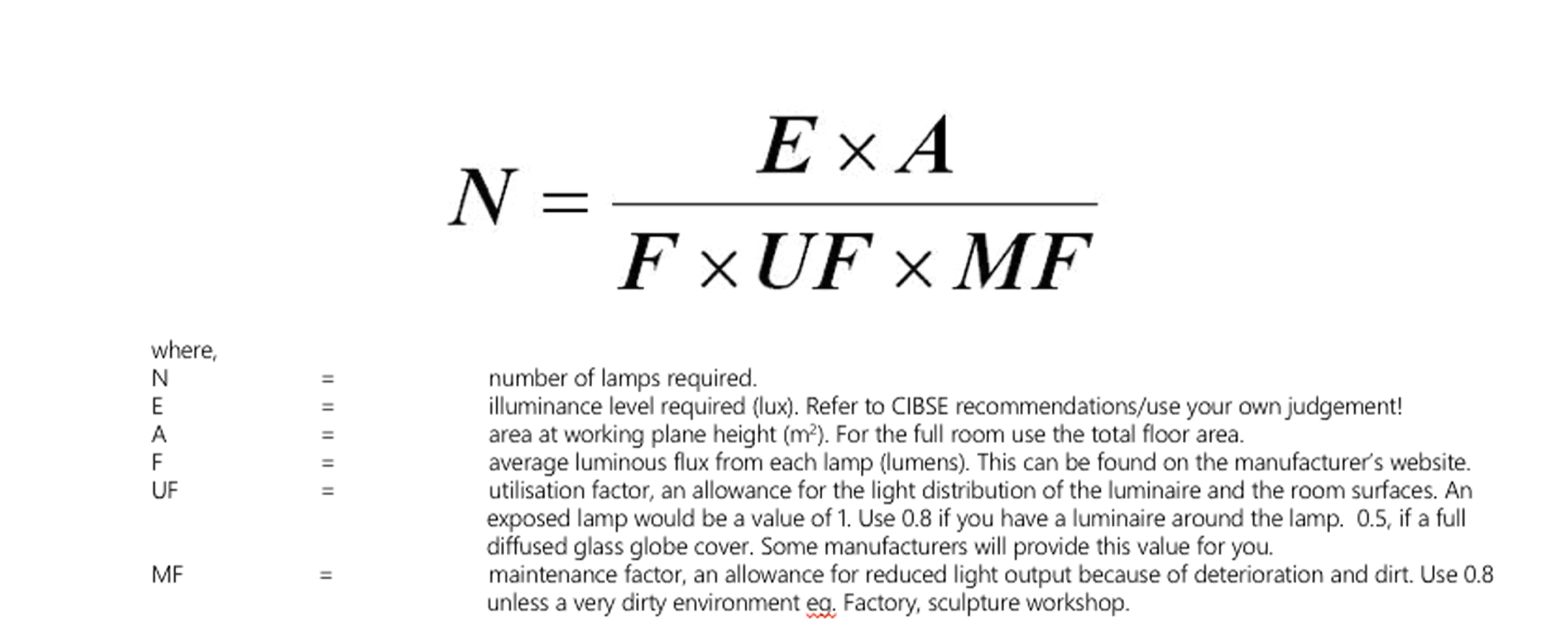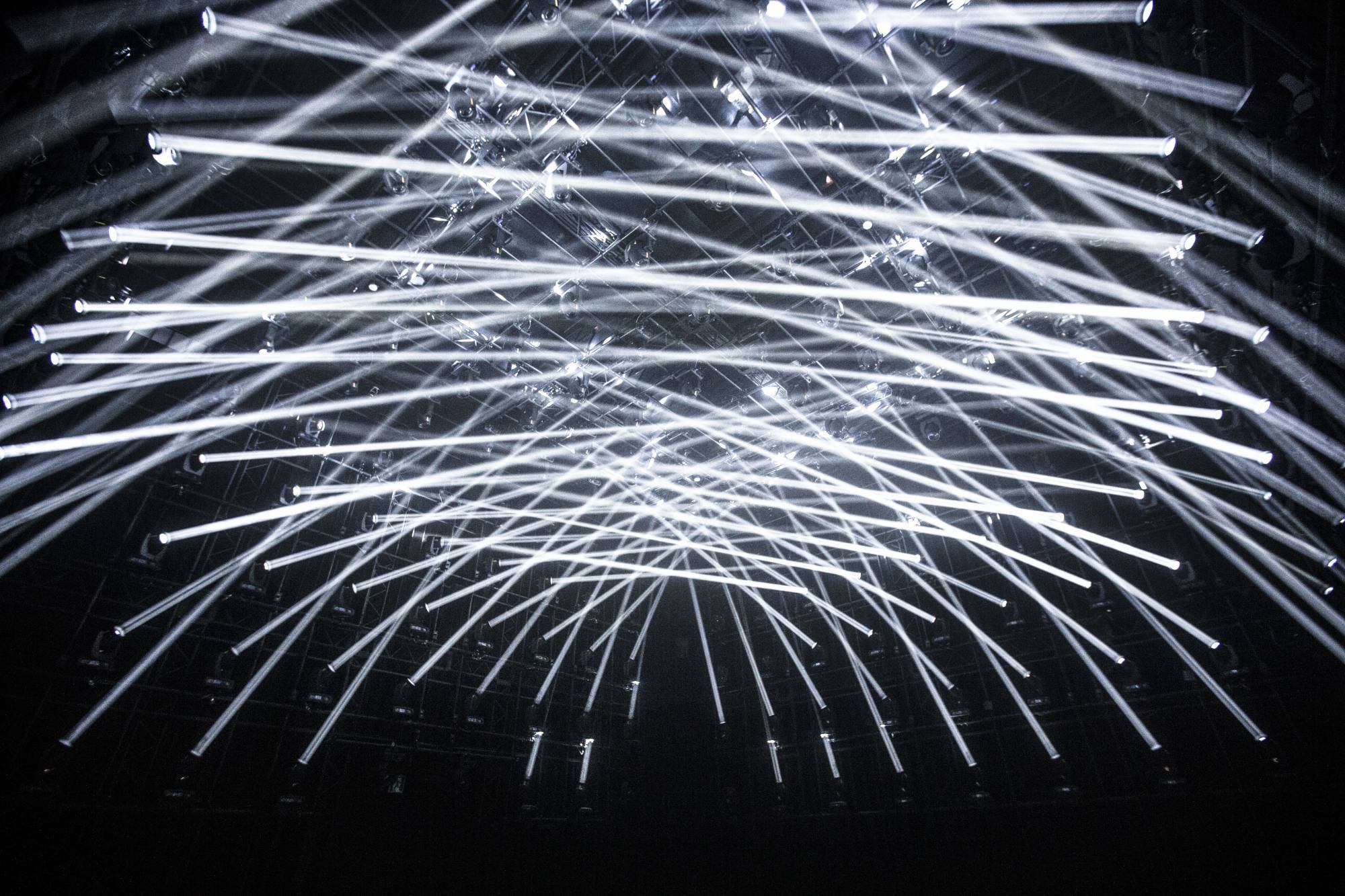Lamp Efficacy

In the lecture, the teacher introduced different types of light bulbs. While lumens are the same, Traditional and incandescent waste the most energy, with only about 1/10 of the 100watts being used and only lasting for 750 hours. With the update iteration, Gradually, Halogen incandescent, Compact Fluorescent (CFL), and finally came the light-emitting diode (LED), which saves the most energy and lights the longest.
Definitions of different concepts
Luminous Flux – (F)
This indicates how much light is going to come out of this lamp. This is the light emitted by a source and the unit is ‘lumens’
Unit — lumen. The light is emitted by a source.
Illuminance – (F)
In photometry, illuminance is the total luminous flux incident on a surface, per unit area. (https://en.wikipedia.org/wiki/Illuminance)
Unit — Lux (equal to 1 lumen per SQM). The luminous flux density at a point on a surface.

Equation
This is a formula for measuring and calculating indoor Illuminance. We can calculate the required data according to known constants. The following is the introduction of the formula in the courseware.
Later, the teacher introduces Fluorescent Light, Metal Halide Lamp, Cold Cathode, LEDs, and their application respectively.
Further thinking
At the end of the course, there Is a question: Is light an architectural material? My answer is yes. It’s not just Momentum that uses this kind of thinking. Light, though, has no volume. But chiaroscuro creates a sense of space, and so does light. This concept is also mentioned in TaemLab. (https://www.teamlab.art/zh-hans/concept/lightsculpture-line/)

I think we need to define “material” first. Its main function is to provide people with a sense of atmosphere, space, or emotion? If the light has no substance, then light can fulfill all the functions mentioned above. And it’s more impressive than traditional materials: it’s more contrasting and novel.



Leave a Reply